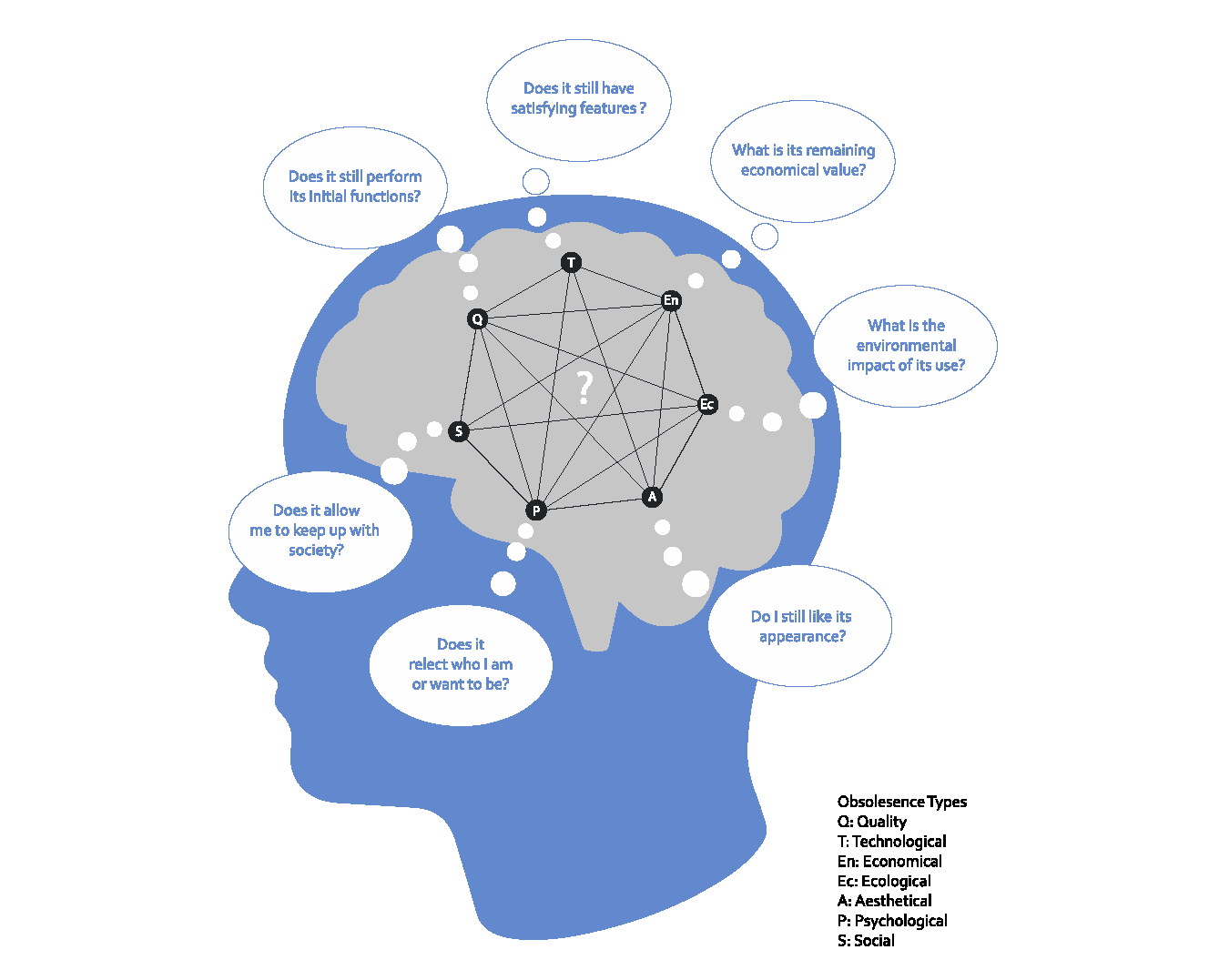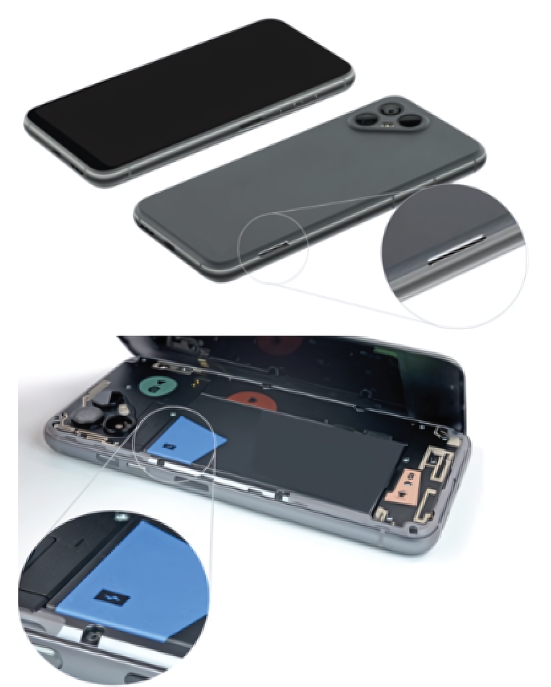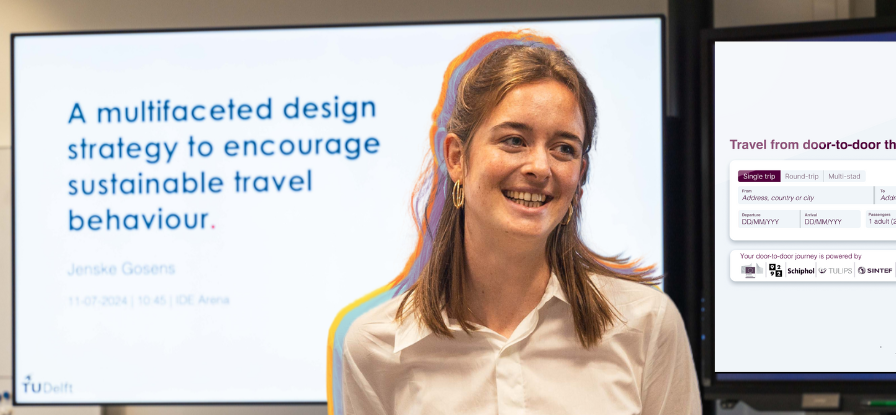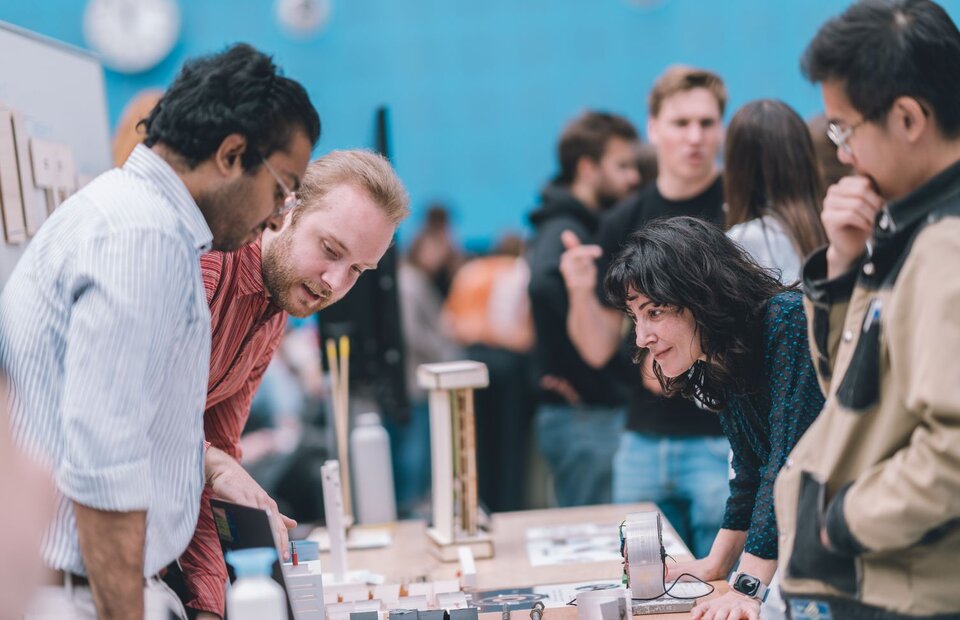Helping consumers choose product repair over replacement
When your coffee maker or smartphone stops working, do you repair or replace it? While extending the lifespan of products is a fundamental aspect of the circular economy, getting people to make the sustainable choice is not always easy. For her PhD, Renske van den Berge wanted to understand why consumers replace electronic products and explore how several design and marketing strategies could support the consumer to extend product lifetimes.
Behaviour analysis
Repairing consumer electronics is vital for the circular economy because it extends the lifespan of products, reduces waste, and conserves resources. However, most discarded products are never repaired during their lifetime, says Renske.
Her research focussed on consumer electronics like smartphones, televisions, vacuum cleaners, coffee makers, and washing machines.
Taking a consumer perspective on the topic, Renske wanted to thoroughly understand the process of what goes on in the consumer's mind when they make the decision to replace a product.
“I tried to deeply understand the underlying values that consumers consider,” she says. “We see in research that repair is a very good strategy to extend lifetimes, but it's often not considered by the consumer as they consider replacing it and buying a new one as more convenient.” Because the repair consideration is very low, she says it's important to investigate why this is the case for the consumers, what their underlying barriers are, and what is needed to get them to repair products.
Consumer research
Known barriers include things like the costs of repair, low availability of spare parts, or a lack of tools or knowledge to conduct repairs. With that in mind, Renske set out to explore strategies that might stimulate repair activities aimed at product lifetime extension.
She started by examining the process of product replacement from a consumer perspective, which resulted in a theoretical framework explaining the (cognitive) processes behind consumers’ replacement behaviour. “A lot of research talks about the technical repairability of products, but not so much taking the consumer perspective,” says Renske. “So, providing a clear visualisation of the psychological process including consumer values and the trade-off that is made during a replacement is a new contribution to current research.”
Renske identified design and marketing strategies from literature and conducted several studies to test them. These studies looked at whether strategies like placing fault indicators on products, producing modular products, or informing the consumer about how reliable a product is for long-term use at the time of purchase would influence their decision to repair. The results showed that a high perceived self-confidence in repair skill, explicit cues guiding the repair act, and specific information about durability and the possibilities to upgrade components can increase consumers’ repair intentions.
Beyond the consumer
For the transition to a circular economy, Renske says it's not fair to look only at the behaviour of consumers. “Of course we can make a difference, but we are part of this system of policies and manufacturers that offer us products and market them in certain ways,” she says. “They have a responsibility as well.”
Therefore, it's important that producers also take the responsibility to make repairable products and governments should play a guiding role with their policies. For example, governments could ensure that it becomes more profitable to produce repairable products, and oblige manufacturers to offer repair services or make spare parts readily available. There are also other actors that can make a difference on repair initiatives like Right to Repair, an organisation that lobbies for new laws about repair in the EU.
Additionally, in her propositions, Renske proposes that design education should focus more on how to maintain the value of existing products that last over time rather than solely on designing new products.
Repair mentality
Currently, the default mindset for consumers is that if something breaks it needs to be replaced. “I have high hopes that we can change back to the way our grandparents thought just a few decades ago,” says Renske, “that the default thought when something breaks is ‘can I fix it’?”
To get there, she says people need some sort of can-do mentality for repair. Designers can play an important role by providing cues or information that can help make repairs efficient, affordable, and maybe even fun. “Buying a new product provides you some sort of pleasure, but it doesn’t last long. What if repair can also spark this feeling? I think it may even be stronger because you feel very good that you achieved something with your own capabilities instead of just swiping your credit card to buy something in a (online) store.”
Renske’s PhD project was part of a larger Horizon 2020 project called PROMPT (Premature Obsolescence Multi-stakeholder Product Testing Programme) focussed on developing a testing programme to assess the lifespan of consumer products before they go to market. It aims to help extend the useful lifetime of products and to contribute to the transition to a circular economy. She currently works as a behavioural scientist in the Energy and Materials Transition department of TNO, the Netherlands Organisation for Applied Scientific Research, where she continues her work on the transition to a more sustainable society.
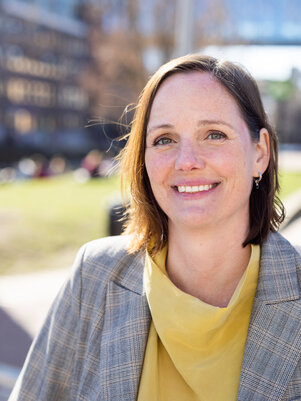
Ruth Mugge
- +31 (0)15 27 83008
- R.Mugge@tudelft.nl
-
Room B-4-010

Lise Magnier
- +31(0) 15 278 1729
- l.b.m.magnier@tudelft.nl
-
Room B-4-100
"Follow your heart but take your brain with you."

